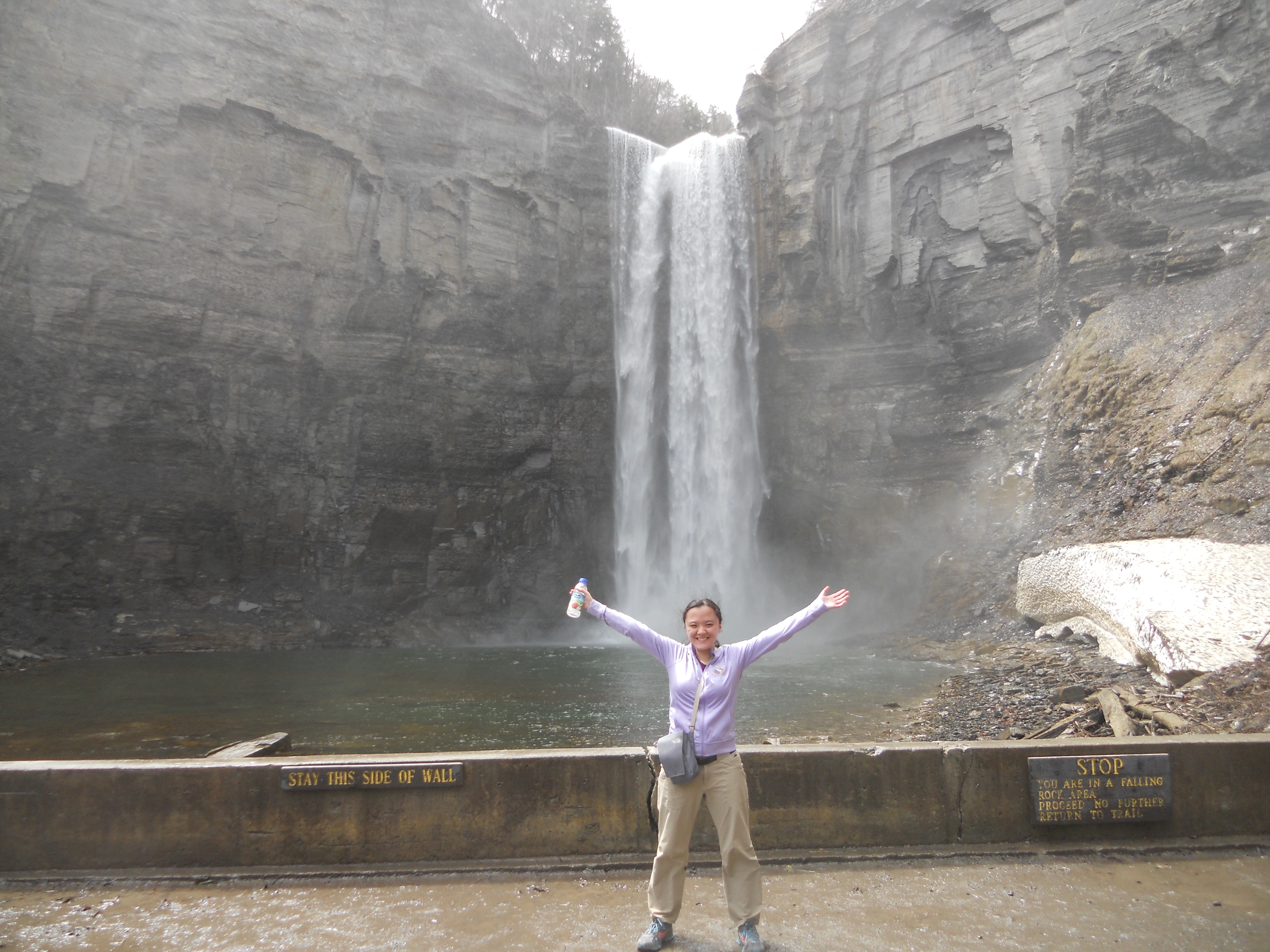
Ph.D. candidate Erynn Johnson
Tuesday, August 1, 2017
By Susan Ahlborn
Summertime walks along the ocean often include picking up seashells, which are actually tiny, beautiful suits of armor.
Erynn Johnson did that as a child, though she didn’t really think about why seashells are what they are. Now, as a Ph.D. candidate in earth and environmental sciences, she’s modeling ancient shells using mathematic formulas and 3-D printing, to see if predators had an effect on their evolution. She’s conducting her research in the lab of Lauren Sallan, Martin Meyerson Assistant Professor in Interdisciplinary Studies.
“Species and shape are very closely related, so I was really looking at the composition of the ecosystem in my beach bucket,” says Johnson, a National Science Foundation Graduate Research Fellow. “My hypothesis is that the shapes of shells changed to become more protective, and that changed the makeup of the ecosystem.” If her hypothesis is true, it would help us determine the impact of human predation today.
Johnson is studying the Mesozoic Era, which took place 250 to 65 million years ago and marked the first big appearance of predators in the ocean. These were creatures with powerful jaws and crushing teeth, the precursors to modern sharks, stingrays, and fish. We know from fossil records that there was a wide variety of shell shapes at the time; Johnson is using snail shells.
“Snails come in a lot of different shapes, but all the shells use a similar pattern, which makes them great for modeling,” she says. She’s theorizing a variety of different shapes, then using 3-D printers to create physical models. Penn’s biomedical library helped her work out different materials to use for the printed shells, and Penn Engineering will allow her to test the shells in a compression machine to see how much force is required to crush each one. She can then compare her findings to the fossil record to see if the shell shapes that are most protective are in fact the ones that flourished after the predators were introduced to the system.
“Fossils show that flat, coiled shells decreased, while spiny shells increased,” Johnson says. “My hypothesis is that we’ll see that the shells which persisted are more protective.”
Today, humans are leaving their own mark on the oceans, eating not only eat shelled mollusks like scallops, clams, and snails, but also the ocean predators who feed on them. “One thing that makes ecosystems more stable is when there are a lot of different groups doing a lot of different things,” says Johnson. “The way that people behave, we seem to target specific groups, like with fishing, and that’s not good for the rest of the ecosystem.”
Johnson sees 3-D printing as an outreach tool, as well. “Now you can physically hold the object, whether it’s a shell or a dinosaur bone. It’s opened up a whole new opportunity for this field, for us to be able to share information.” People sometimes call paleontology a gateway science, she says, “because kids go to a museum and see dinosaurs and think, wow, this is really cool. We have this opportunity to talk about stuff that is imaginative and exciting and different, and I think we should use it.”
To see Shaping our Seafood: The Evolution of Shell Shape, Erynn Johnson’s 10-minute Grad Ben Talk, click here.